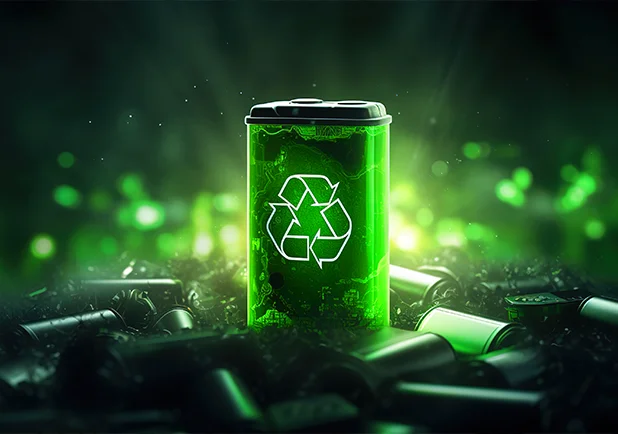The EPA has achieved a big milestone in public health by legally enforcing drinking water standards to safeguard the public against harmful per-and polyfluoroalkyl substances (PFAS), also known as ‘forever chemicals. Studies have indicated that PFAS are responsible for causing various cancers, heart and liver diseases and developmental diseases in newborns and children. Hence, this step taken by the EPA is a significant move to protect the communities from these disease causing harmful substances. This announcement from the EPA has come soon after the government’s plan to take action against the PFAS to shield the community from their harmful effects.
The EPA is also making big investments to implement the recently announced strategic plan. The agency has made available a funding of $1 billion for states to invest in water treatment plants and PFAS testing systems.
The EPA officials are making sure that a lot of drinking water sources which were previously polluted with PFAS, like the Cape Fear River, which was the primary source of drinking water, are now treated to make them as clean and fit for human consumption as possible under the new laws.
The EPA has established rules that set limits on the presence of individually occurring and mixtures of PFAS in water sources. The individual PFAS that the EPA has identified in its regulations are as follows:
- PFOA
- PFOS
- PFNA
- PFHxS
- HFPO-DA
These PFAS are also commonly referred to as GenX Chemicals. Besides these, the combination of PFAS that EPA restricts are as follows.
- PFNA
- PFHxS
- PFBS
- GenX chemicals
To go with their new rule against PFAS, the EPA has also provided a strategic roadmap to all public drinking water systems. According to this, these systems have a time period of three years to gauge the current PFAS levels in drinking water resources and then bring them down to the standards set by the EPA. According to an estimate by the Environmental Protection Agency’s officials, currently between 6% to 10% percent of the 66,000 public water systems will have to adhere to this rule.
Achieving the new limits for PFAS in drinking water will also encourage the use and promotion of new technologies. For example, the Cape Fear Public Utility Authority which serves Wilmington NC used the granular activated carbon system to eliminate PFAS in accordance with this rule.
As the EPA moves ahead with this groundbreaking initiative for public health, the officials are hopeful that it will account for a decrease in serious illnesses, premature deaths, cancers, and several heart, kidney, and liver diseases. They are also hopeful that the decreased amount of PFAS in drinking water will lead to a reduced number of developmental and immune system defects in infants and young children.












